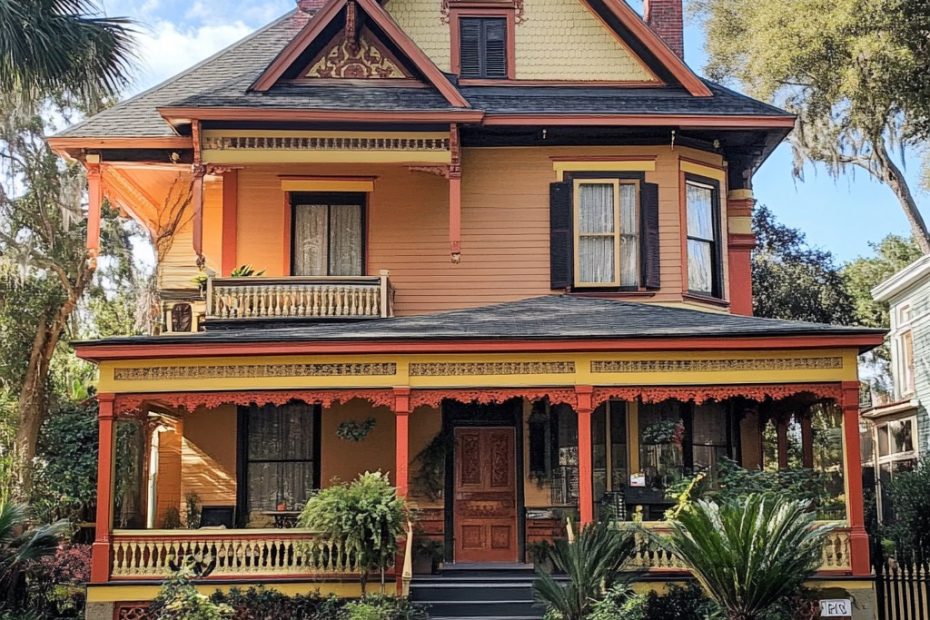Common Types of Defects Found in Old Tampa Homes
Introduction
Tampa’s rich history and charming neighborhoods are filled with beautiful older homes that exude character and craftsmanship. However, owning or purchasing one of these historic properties often comes with unique challenges. Regular home inspections are crucial for identifying potential issues that could impact the safety, functionality, and value of the property. In this blog, we’ll explore some of the most common defects found in old Tampa homes, including termite damage, outdated systems, and structural concerns.
1. Termite Damage
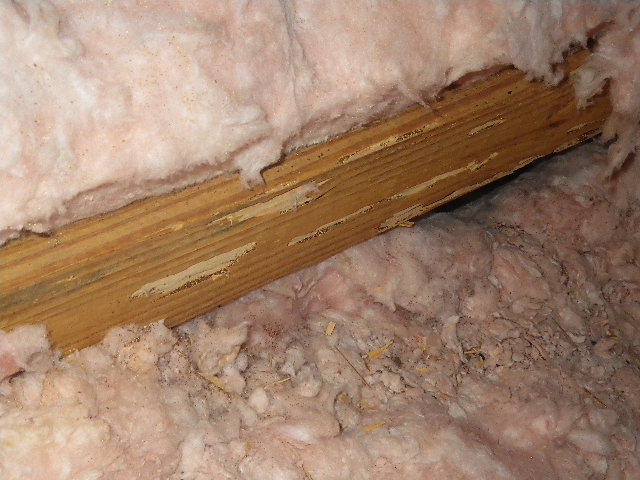
Prevalence in Tampa Homes
Tampa’s warm and humid climate creates the perfect breeding ground for termites. These pests are especially problematic in older homes, which often feature wooden structures that are more susceptible to infestation. Termite damage is commonly found in attics and crawlspaces, areas that are less frequently accessed but critical to a home’s structural integrity.
Signs of Termite Damage
Homeowners should look for:
- Hollow-sounding wood when tapped.
- Mud tubes along walls or foundations.
- Visible wood damage, such as grooves or holes.
Why It’s a Concern
Unchecked termite infestations can lead to severe structural issues, compromising the safety of the home and resulting in costly repairs. Early detection through professional inspections is key to preventing extensive damage.
2. Outdated Electrical Systems
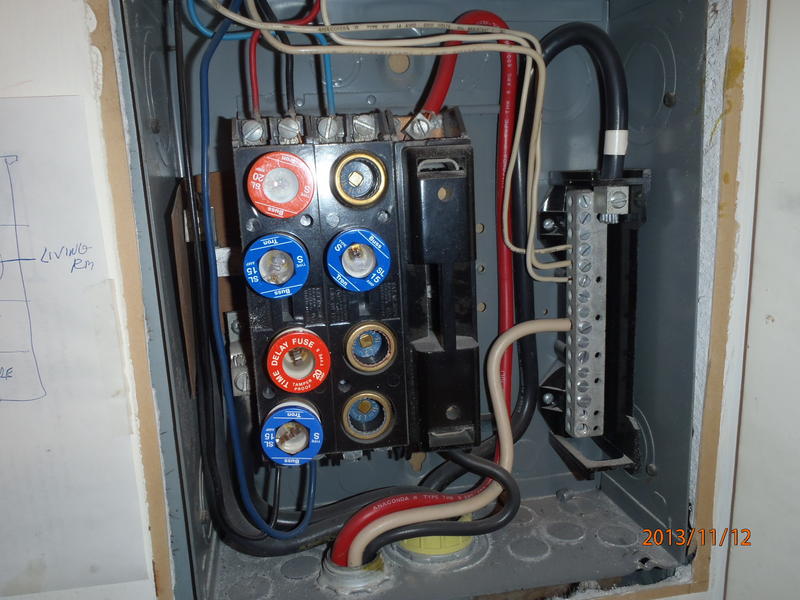
Many older Tampa homes still contain original or outdated electrical wiring, such as knob-and-tube or aluminum wiring. While these systems were standard in their time, they pose significant safety risks today.
Common Issues
- Overloaded circuits due to modern power demands.
- Increased risk of electrical fires.
- Difficulty obtaining homeowner’s insurance without upgrades.
Upgrading to modern electrical systems ensures safety, compliance with current codes, and the ability to support modern appliances and devices.
3. Plumbing Problems
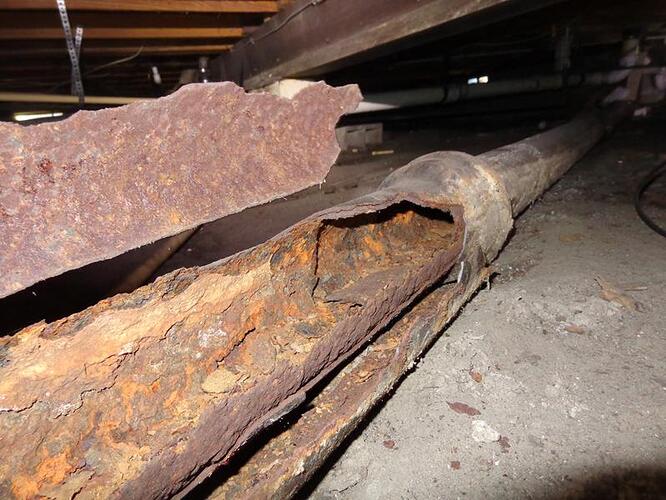
Old Tampa homes often feature cast iron or galvanized steel plumbing, which is prone to corrosion and leaks. Over time, these materials degrade, leading to costly water damage and potential health hazards.
Warning Signs
- Low water pressure or slow drains.
- Rust-colored water from taps.
- Frequent leaks or pipe bursts.
Replacing aging plumbing systems with modern materials like PVC or PEX can prevent unexpected failures and improve water quality and efficiency.
4. Foundation and Structural Issues
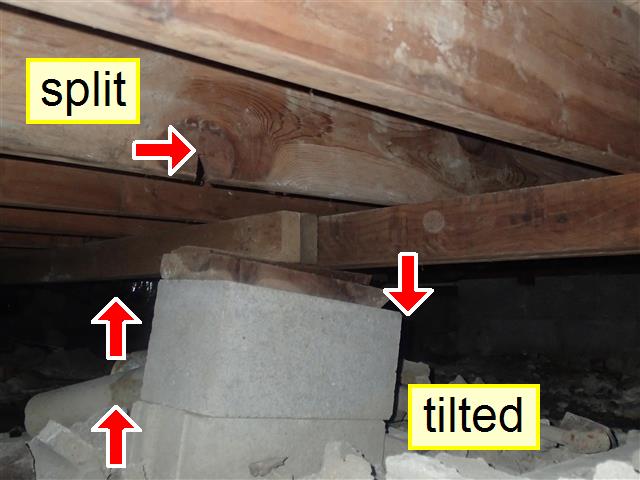
The foundations of older homes are more likely to settle or shift over time, leading to noticeable structural problems. In Tampa, this can be exacerbated by the area’s soil composition and moisture levels.
Signs of Foundation Problems
- Cracks in walls, ceilings, or floors.
- Uneven or sloping floors.
- Doors and windows that stick or fail to close properly.
Wood rot in crawlspaces is another common issue, especially in homes with poor ventilation or drainage. Addressing these problems early can help preserve the home’s value and prevent further deterioration.
5. Roofing Concerns
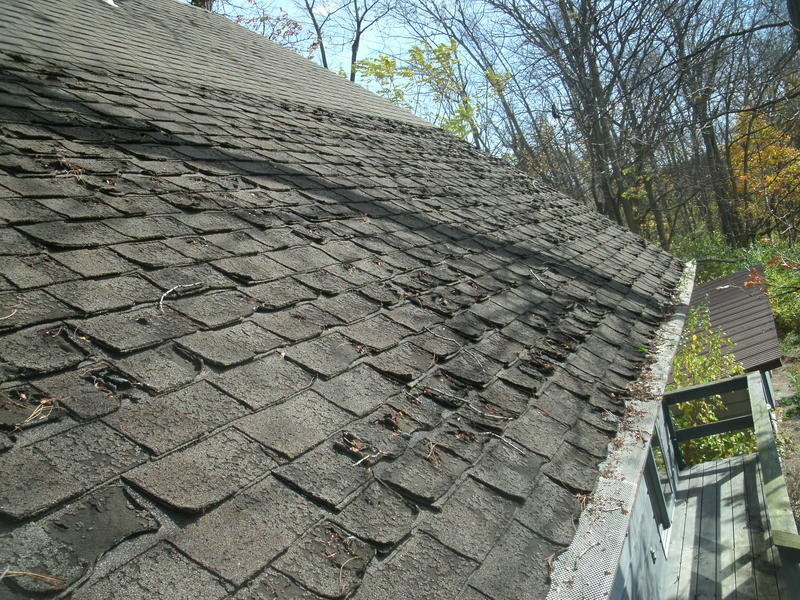
Older roofs, especially those with original shingles or tiles, are prone to wear and tear. In Tampa, the combination of intense sun, humidity, and storms accelerates roof aging.
Common Roofing Issues
- Leaks due to missing or damaged shingles.
- Mold or rot caused by inadequate ventilation.
- Structural damage from prolonged water intrusion.
Routine roof inspections and maintenance are essential for extending the life of the roof and protecting the home’s interior from water damage.
Conclusion
Older homes in Tampa have undeniable charm, but they require special care and attention to maintain their beauty and functionality. Regular home inspections can identify hidden issues like termite damage, outdated systems, and structural problems, saving homeowners from unexpected expenses and ensuring peace of mind.
If you’re buying or currently own an older home in Tampa, schedule a comprehensive inspection with Cooper Home Inspections. Our experienced team will help you uncover potential issues and provide expert guidance on addressing them. Contact us today to protect your investment and keep your historic home in top condition.
